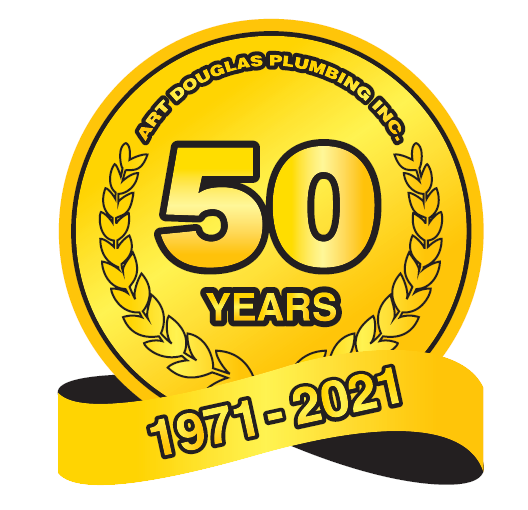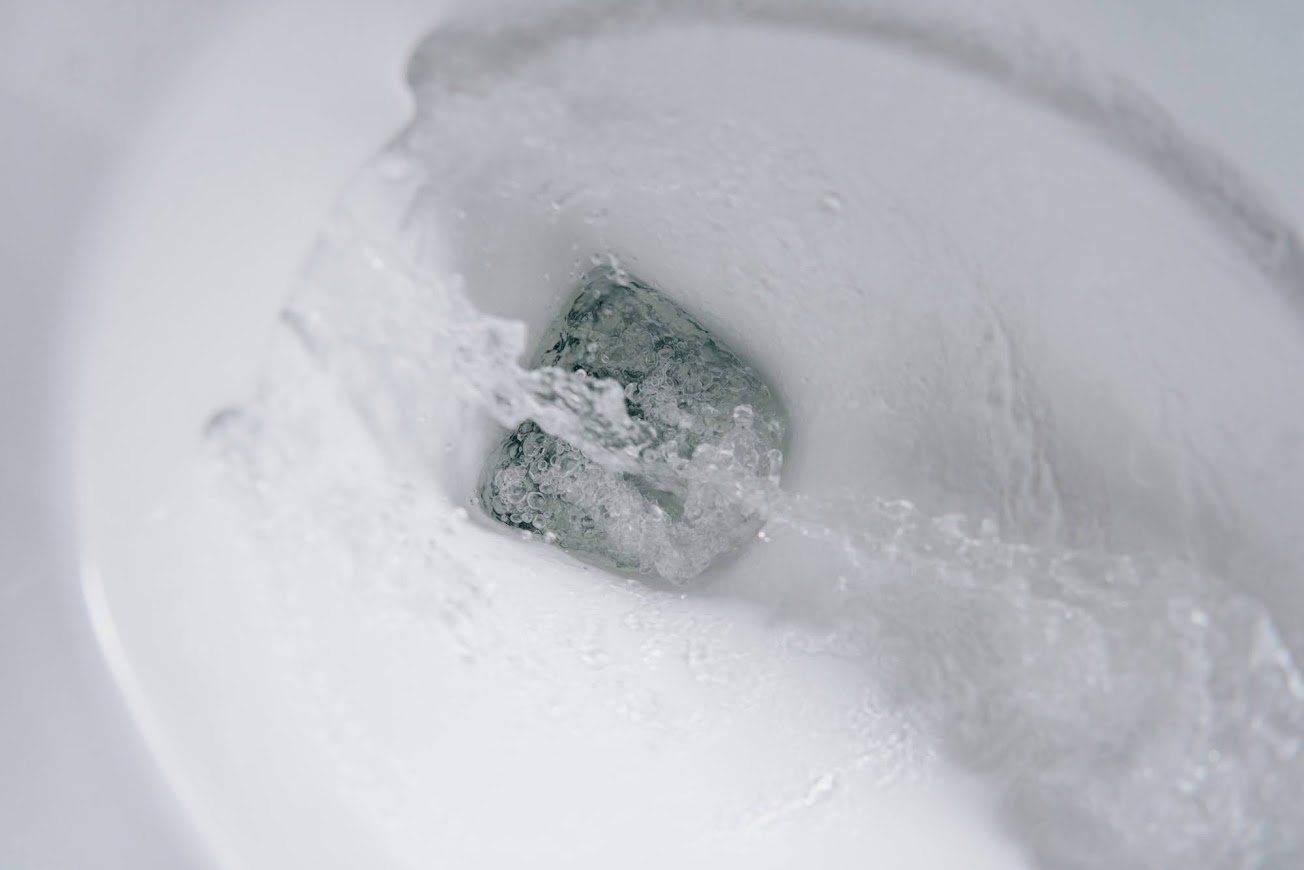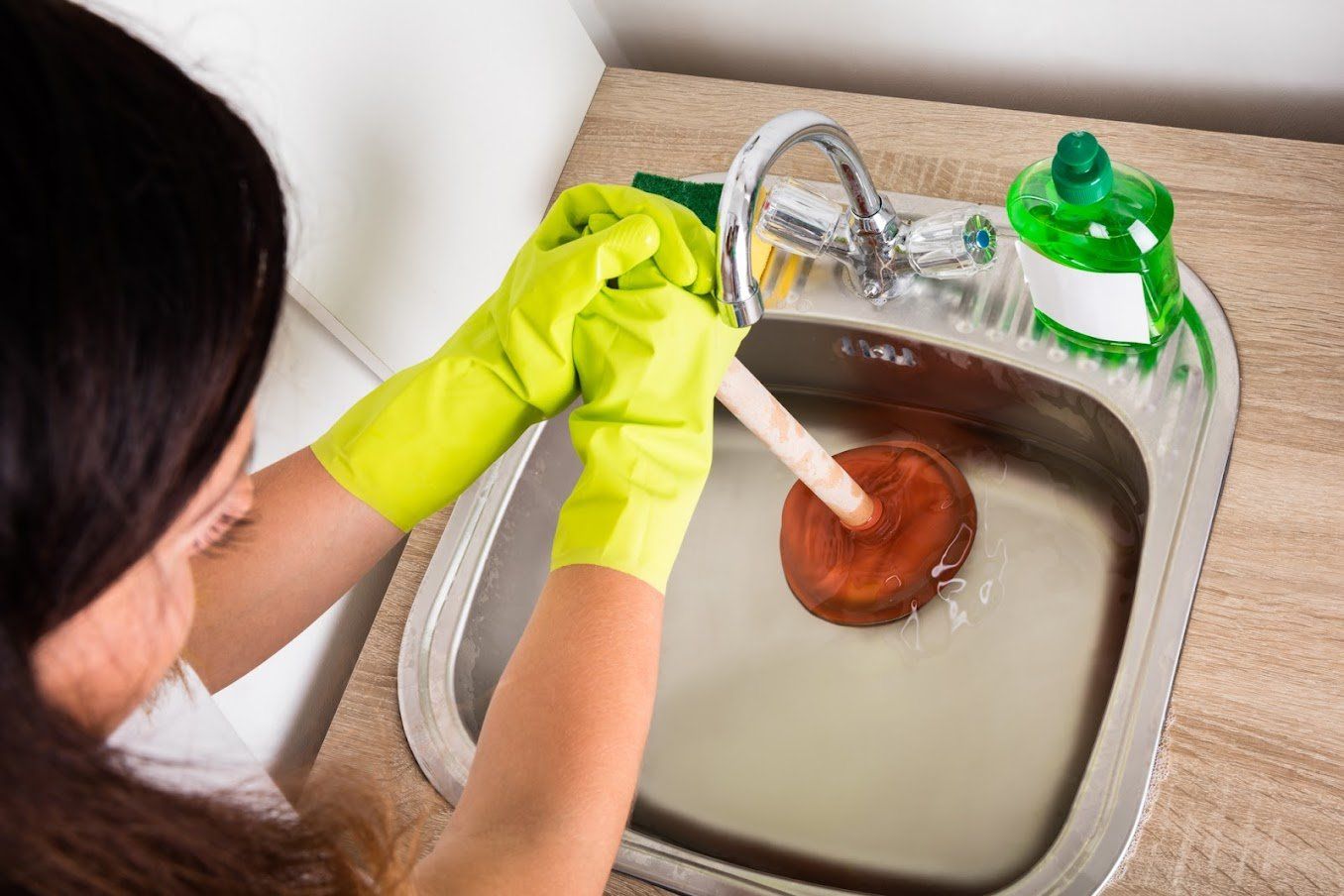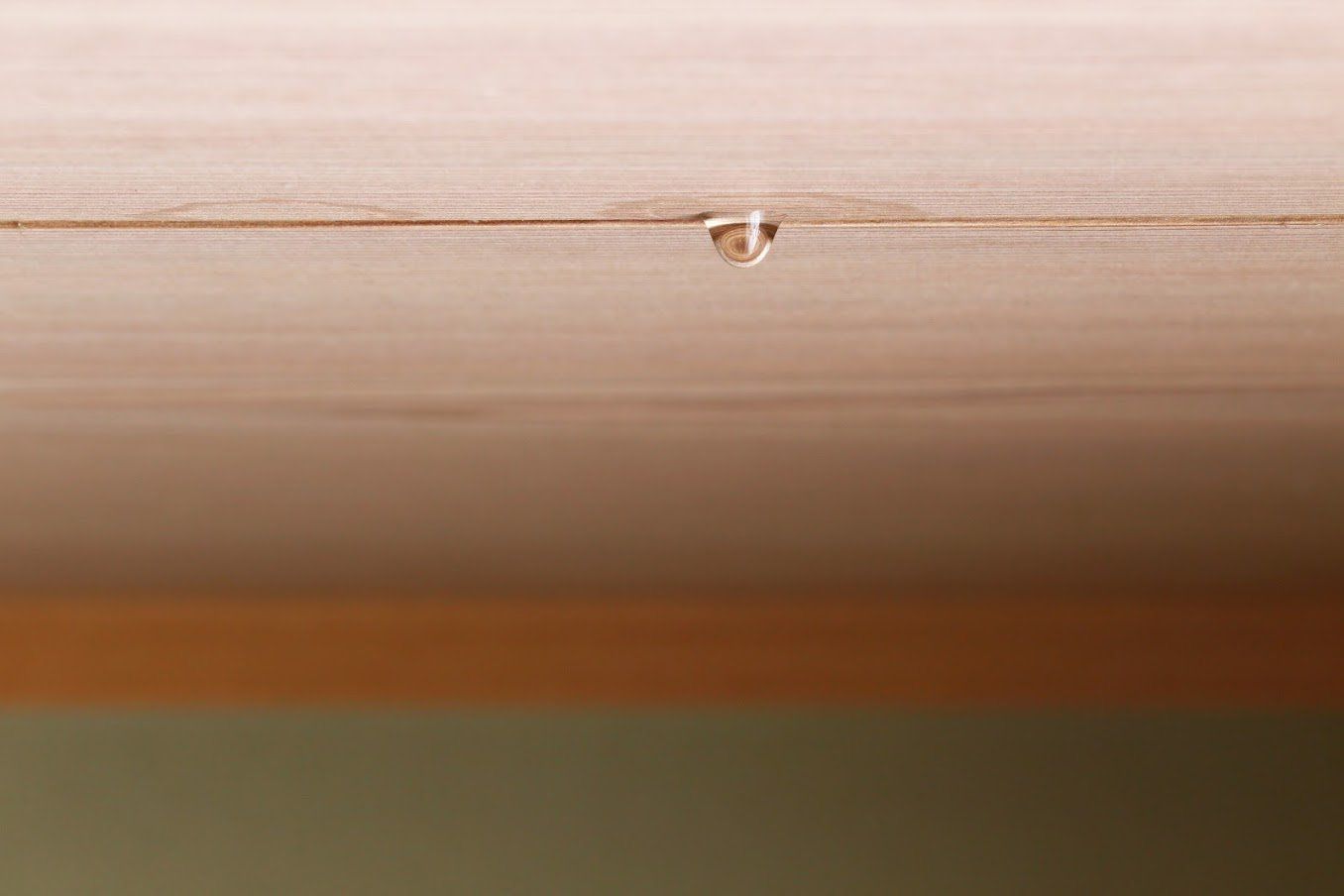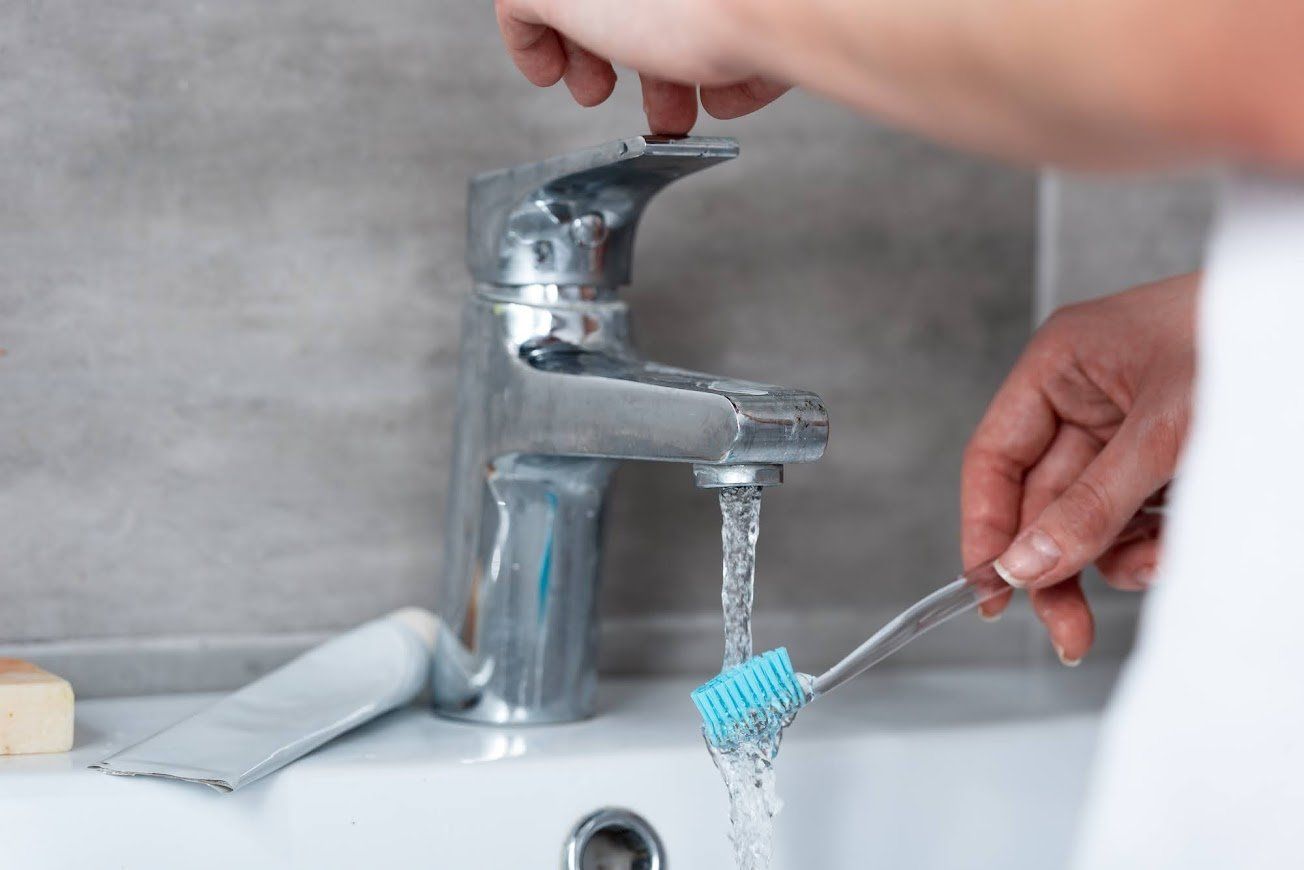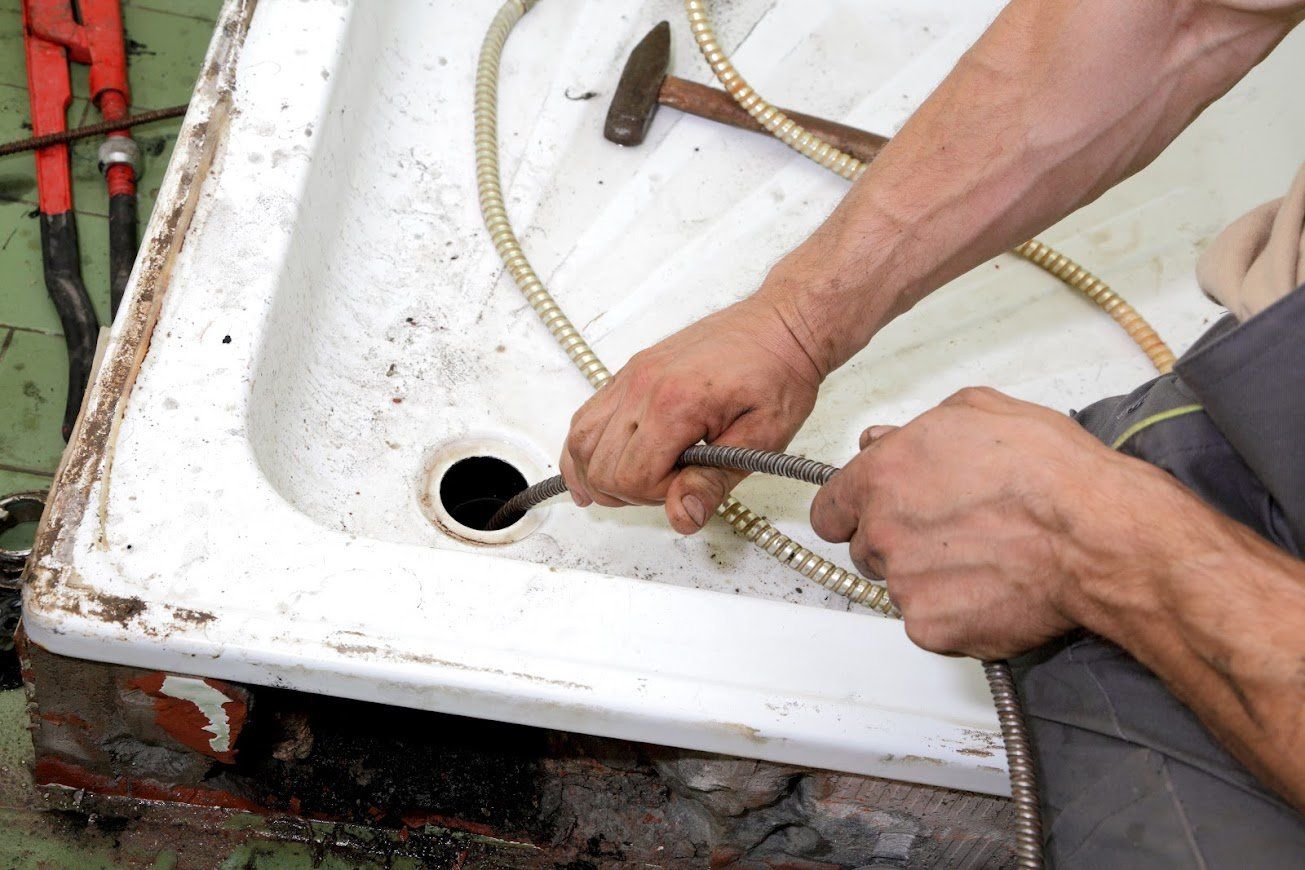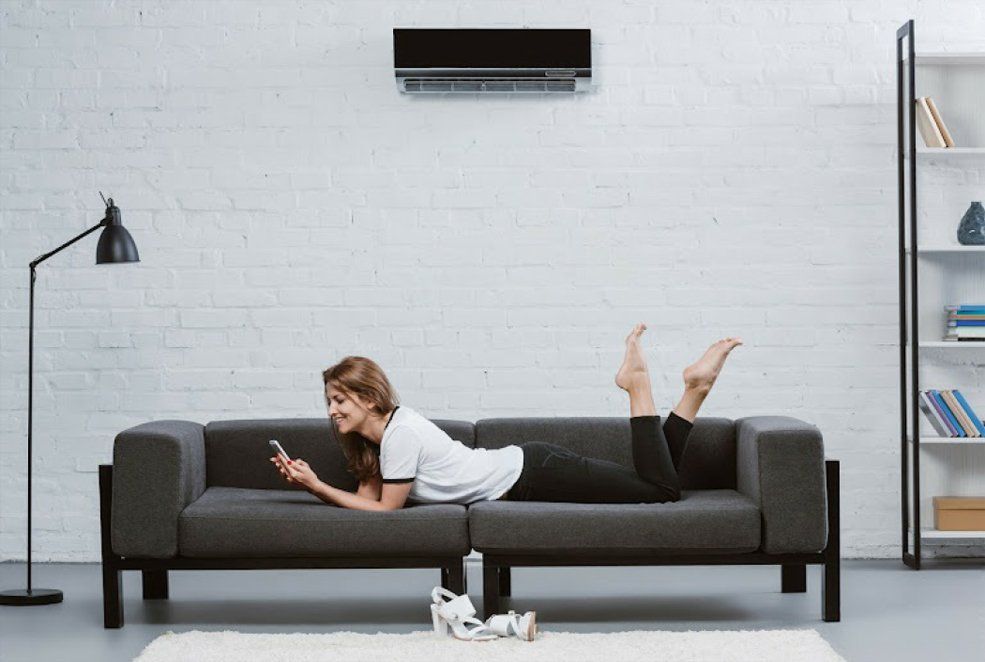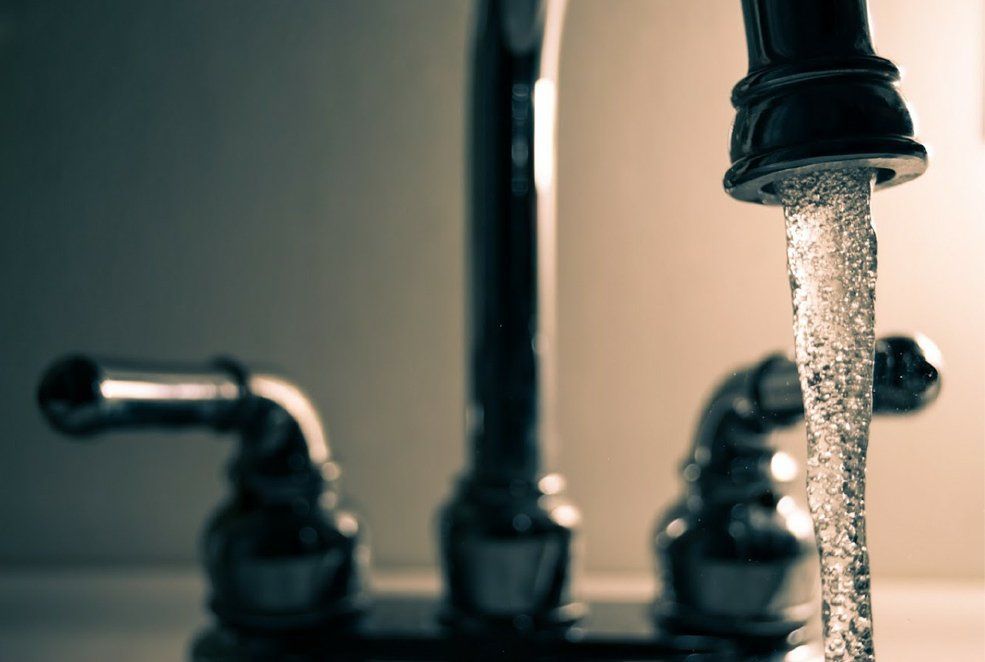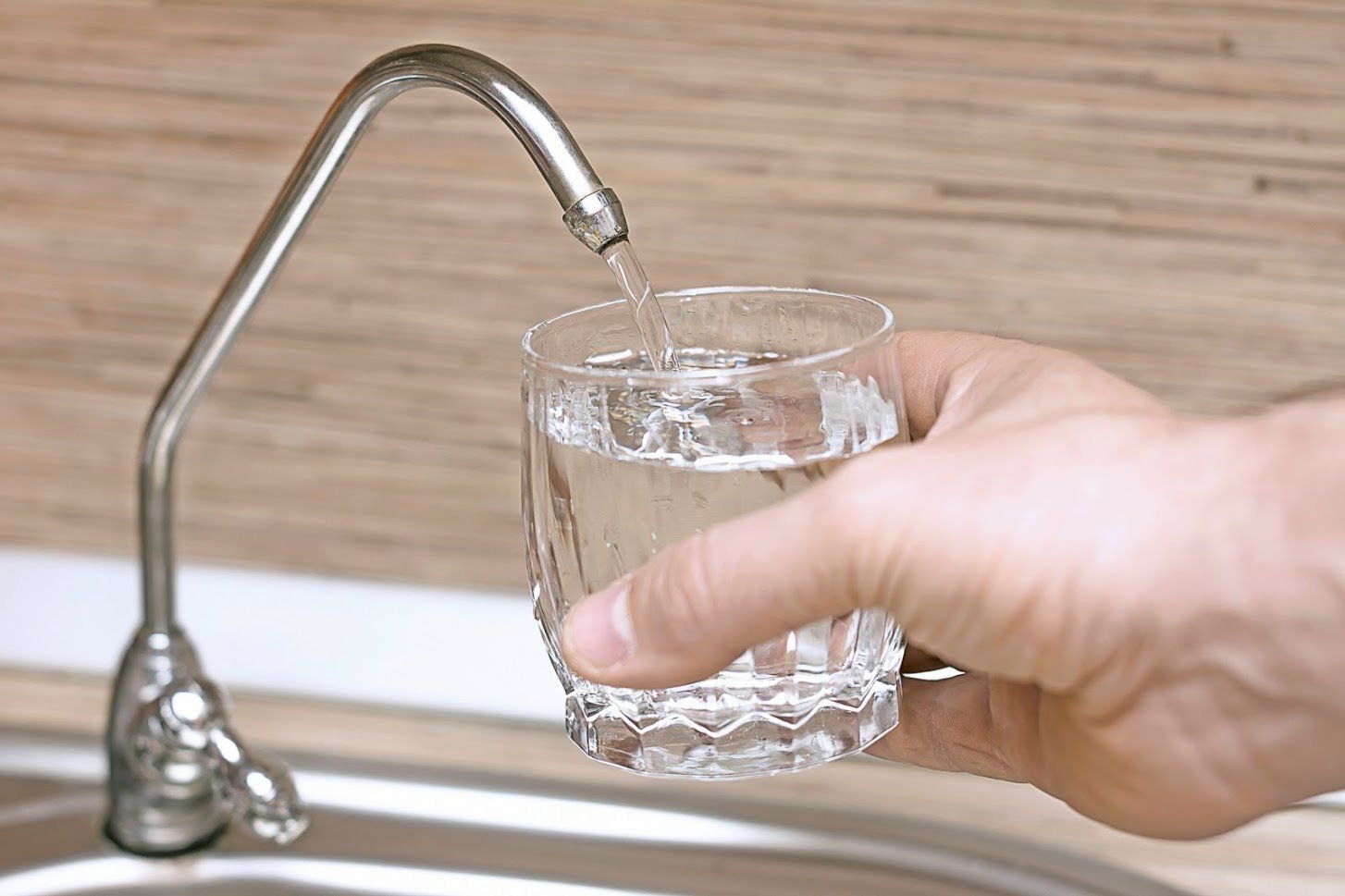HOW TO PROTECT YOUR FAMILY FROM CARBON MONOXIDE POISONING
Admin • January 10, 2018
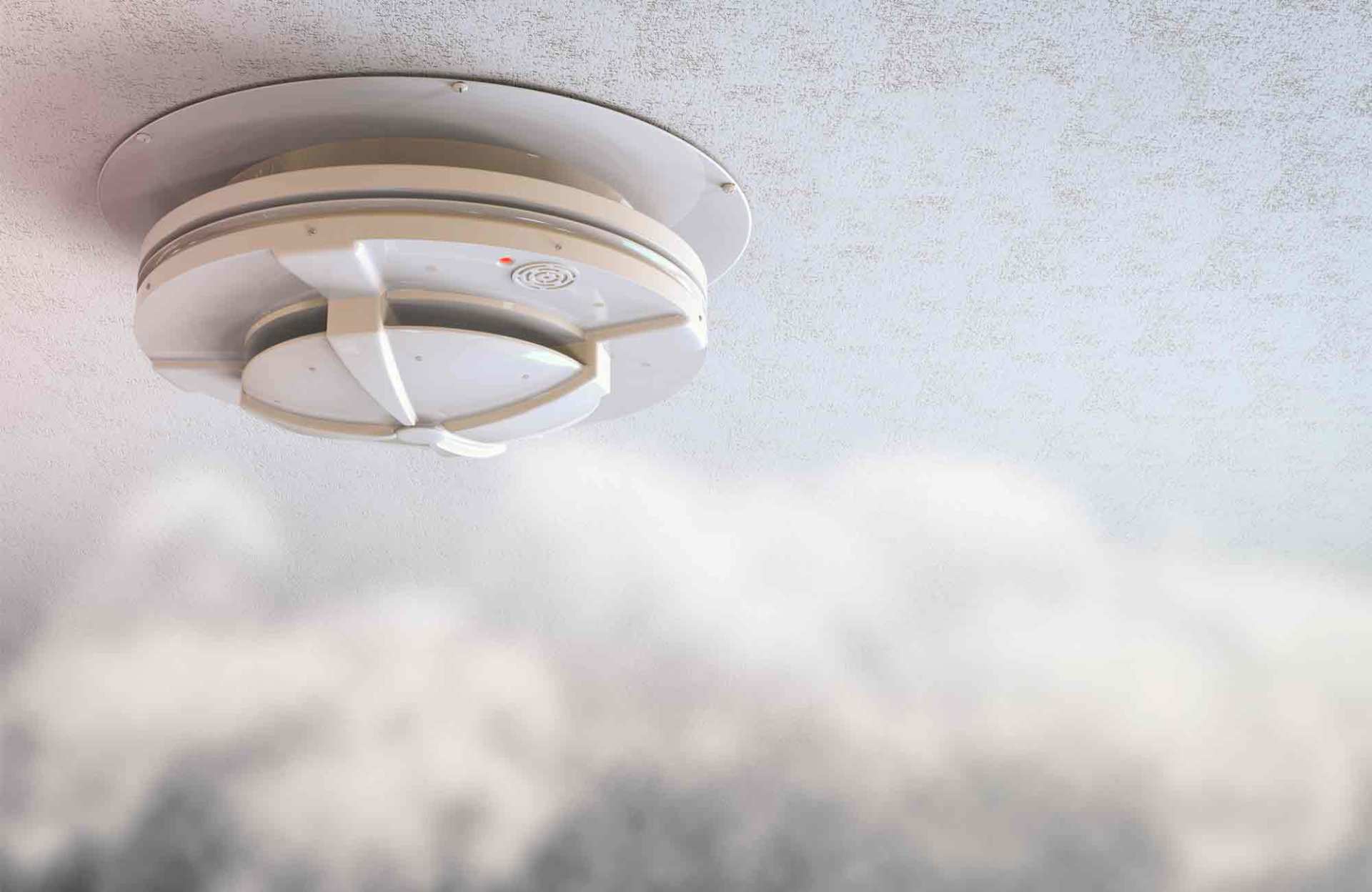
Your heating system is intended to keep your home warm and comfortable. However, your furnace does burn fuel in order to do so, which presents a few risks — one of which is the risk of carbon monoxide poisoning. This odorless, colorless gas can easily go undetected, and its consequences can be deadly. Here's a closer examination of carbon monoxide and how to protect your family from this deadly gas.
How Serious Is Carbon Monoxide Poisoning?
The risk of carbon monoxide (CO) poisoning is higher than you might assume. According to the Center for Disease Control, more than 2,200 people in the United States died from CO poisoning between 2000 and 2015. Many more people experience CO poisoning symptoms, like headaches, confusion, and digestive upset, but live through the experience.
What Causes CO to Build Up in Your Home?
Your furnace is always producing carbon monoxide, even when it’s running smoothly. However, when your heating system is in good shape and working properly, the CO is released outside, where it dissipates quickly. But problems with ventilation or your furnace's inner components can cause the CO to leech into your home instead of being pushed outdoors.
A few common problems that cause CO accumulation include:
- Blocked furnace vents
- Cracked heat exchangers
- Incorrect furnace installation
- Dirty burners
- Clogged, dirty filters
Because there are so many possible causes of CO accumulation within your home, it’s best to hire a professional to address the problem. When you do not have the appropriate knowledge or experience to make repairs, it's easy to make a small mistake that leads to CO accumulation.
What Are the Signs of CO Accumulation?
Keep an eye out for these signs that your furnace might be releasing CO into your home.
Soot
If you see soot near your furnace or above heating vents, your furnace is not fully burning the fuel, which could mean that CO is being released.
Chemical Odors
A strange, chemical smell could indicate that your heat exchanger is broken. The heat exchanger is a component that surrounds the flame and passes heat into the air. If it is cracked, CO may end up in the circulating air rather than being vented out of your home.
Strange Noises
A little dinging when your furnace turns on is quite normal — the sound is just the duct expanding and contracting as they warm up. However, if you hear a boom or bang when the furnace kicks on, the heat exchanger may be cracked or soot may have accumulated on the burner, both of which are CO risks.
How Can Your Protect Against CO Poisoning?
Contact an HVAC professional right away if you notice any of the problems listed above. Additionally, schedule yearly checkups so your HVAC contractor can monitor your furnace and other heating components. With regular visits, you can correct small problems before your family is exposed to dangerous gasses.
Another way to protect your family from CO poisoning is to install CO detectors in your home. These alarms will ring if CO is detected, alerting you to leave the home and call your HVAC company. Place one CO detector on each floor of your home. Make sure to place them in places where you will easily be able to hear it if it should go off at night. Mount the detectors about five feet up on the walls for optimal function.
Carbon monoxide poisoning is a very real threat in any home with a furnace, but there are things you can do to protect yourself. Contact Art Douglas Plumbing Inc. if your heating system is acting strangely or you need to schedule an annual maintenance appointment.

